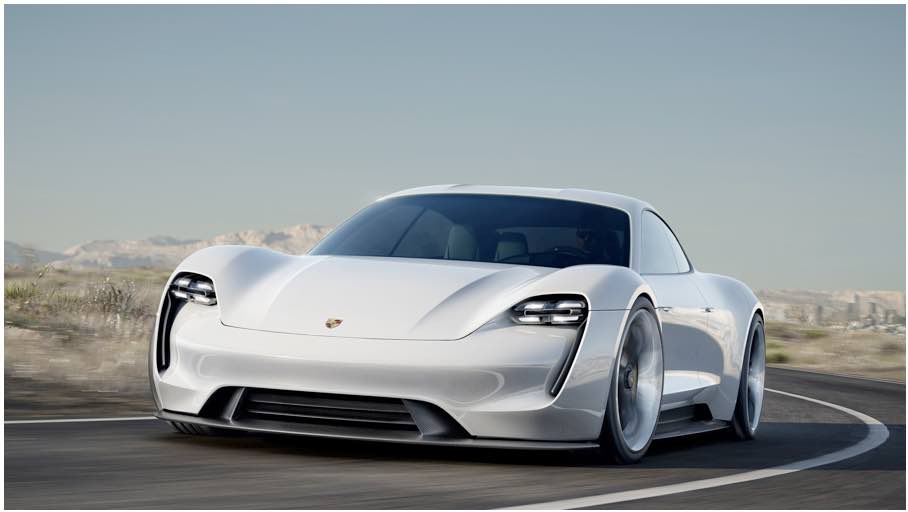Porsche, the German sports car manufacturer who made public their commitment to zero-emission vehicles with an 80 foot high pylon of solar panels and an EV supercharger last year, have now officially christened its flagship electric vehicle, the Taycan.
The Taycan was first introduced as the Mission E concept vehicle in 2015, and at the time was seen as a possible contender to compete against Elon Musk’s Tesla Model S.
“It’ll be something entirely different than any of its competitors, across the board,” a product manager from Porsche said at the time.
Now, with a moniker that echoes the logo of the automaker (Taycan means “lively young horse”), Porsche’s first production electric car heralds a new era for the Stuttgart brand.
Although the company has a long history of naming cars with a connection to their underlying origins – take the Boxster for example – they are under no illusions that a name alone will allow it to take on other high-end electric vehicles on the market.
To that end, Porsche has committed to invest double their original commitment, to the tune of €6 billion ($A9.3 billion) in the development of electric cars over the next 4 years.
Around €500 million of that alone will be used to produce different variants of the Taycan, with the rest earmarked to electrify and hybridise current models, develop new technologies and contribute to charging infrastructures and other smart mobility initiatives.
In terms of bringing to the EV market a true competitive model to take on Model S, it is lacking a little in range and acceleration. Compared to the Model S which has a maximum range of around 580km for the top of the line version, the Taycan will only travel around 480km before needing to return to the charger.
From start to 80mph, the Taycan takes a whole second longer than the Tesla – 3.5 seconds compared to 2.5 seconds.
Under the bonnet, run two permanent magnet synchronous electric motors (PMSM) – the same as the 919 Hybrid Porsche having run the 24 hours of Le Mans – equating to 600 hp.
This doesn’t live up to the Tesla’s 778hp, but as there is not yet any information on weight of the new Porsche model, this comparison bears little scrutiny.
What may prick up the ears of consumers who have the wallet for the Taycan (reports are it will enter the market at between €80,000-90,000, or approximately AUD $124,000-140,000) – is it’s charging speed.
Tesla advertise the Model S with a 30 minute charging time from 20% to 80%, but consumers report up to 45 minutes when charging from empty.
Porsche’s Taycan on the other hand is reported to have a charging time of 20 minutes from 0-80%, using the company’s superchargers.
Will Taycan be able to take on the Tesla S with any success?
It’s still a high price point for most EV car purchasers, but then so is the Tesla Model S.
Expected to hit the market in early 2020, both overseas and in Australia, the success for Porsche may simply be to sell enough to make the model’s production line viable.
Previously, Porsche CEO was on record as saying they had calculated a minimum sales target of 20,000 of the model once on the market.









